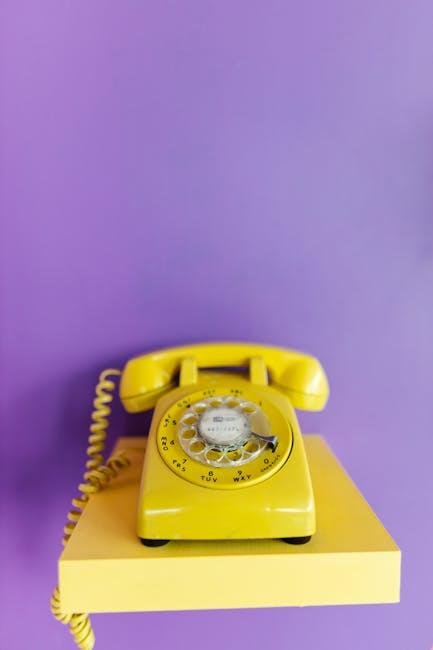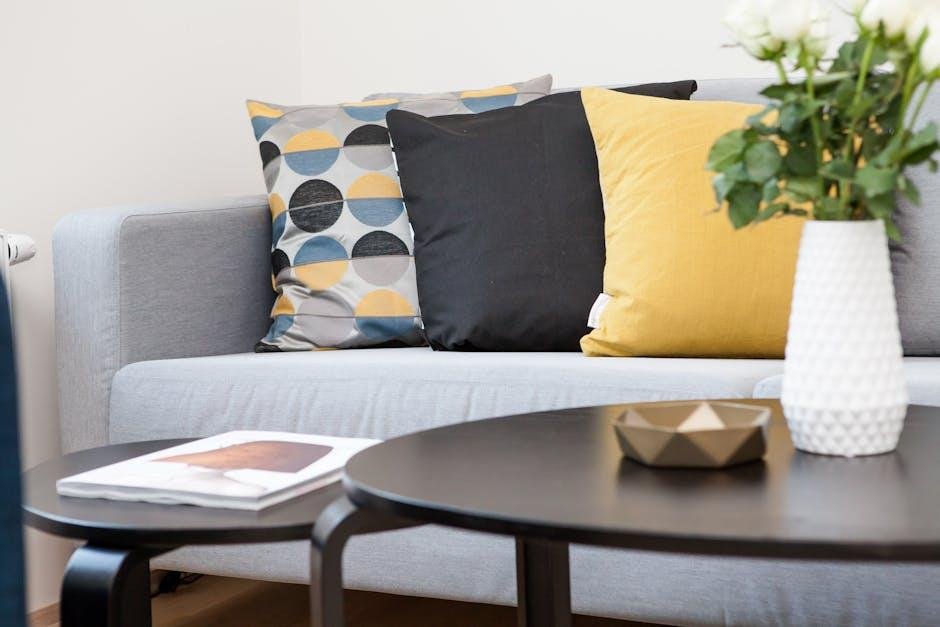In the ever-evolving world of design, the choices we make are deeply influenced by the context in which we create. The era we draw inspiration from can imbue our work with a sense of nostalgia, innovation, or even rebellion. Whether you find yourself captivated by the sleek lines of mid-century modern aesthetics or the ornate flourishes of Art Deco, selecting the right era for your design is not merely an exercise in style; it’s an exploration of cultural narratives and historical importance. This article delves into the nuances of various design eras, guiding you through the vibrant tapestry of influences that can shape your creative vision.Join us as we uncover the essence of each period, helping you to channel the spirit of the past into your contemporary projects with confidence and purpose.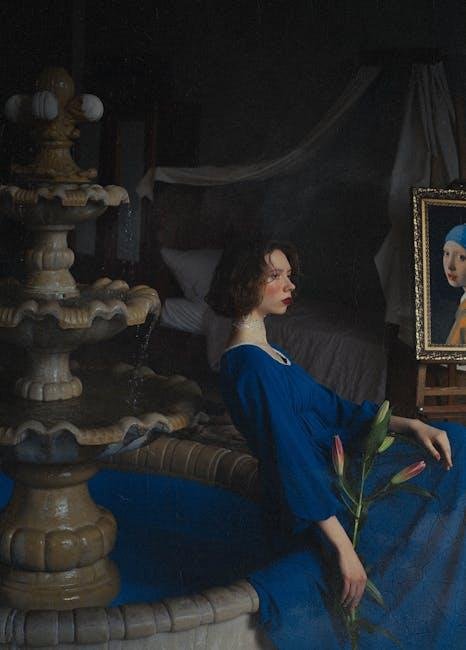
Understanding Historical Context and Its Impact on Design Choices
To appreciate the nuances of design, it is vital to delve into the tapestry of historical events, cultural shifts, and societal norms that define specific eras.Each period carries a distinct aesthetic and emotional palette influenced by factors such as politics, technology, and art movements.When selecting an era for design inspiration, consider key attributes influenced by historical context:
- Technological Advancements: The invention of new materials and tools can drastically change design possibilities.
- Cultural Movements: Shifts such as the Renaissance or Modernism inspire divergent philosophies and styles.
- Social Values: Prominent issues of the time, such as equality or sustainability, frequently enough shape design ethics.
Understanding these historical undercurrents allows designers to forge connections between the past and present, creating work that resonates emotionally with audiences. By linking your design choices to a specific time frame, you can harness the prevailing design principles that defined those years. Here’s a simple table to illustrate the characteristics of various design eras:
| Design Era | Characteristics | Influential Elements |
|---|---|---|
| Victorian | ornate, intricate details | Industrial Revolution |
| Art Deco | Geometric shapes, lavish ornamentation | Jazz Age, Modernism |
| mid-Century modern | Simplicity, organic forms | Post-war optimism |

Exploring Key Characteristics of Popular Design Eras
When delving into the vast spectrum of design eras, it’s essential to recognize what makes each one unique. From the elegance of Art Deco to the minimalism of Scandinavian design,each era encapsulates specific values and aesthetics that resonate with its time. Art Nouveau, with its flowing lines and organic forms, reflects a deep connection to nature, while Mid-Century Modern champions functionality and simplicity, highlighting clean lines and a seamless blending of indoors and outdoors.these styles offer not just a visual language but a way to engage with the cultural and social dynamics of their respective periods.
understanding the basic characteristics of these design movements can significantly enhance your selection process.Consider the following attributes for some prominent styles:
| Design Era | Key Characteristics |
|---|---|
| Art Deco | Geometric shapes, luxurious materials, bold colors. |
| Mid-Century Modern | Sleek lines, organic forms, integration with nature. |
| Minimalism | Function over form, monochromatic palettes, open spaces. |
| Scandinavian | Emphasis on light,simplicity,natural materials. |
By weaving together these distinctive elements, you can create a design that not only captures the essence of a favored era but also tells a personal story. Each characteristic serves as a building block in your design philosophy, inviting you to explore the aesthetics and ideologies that resonate with you most.
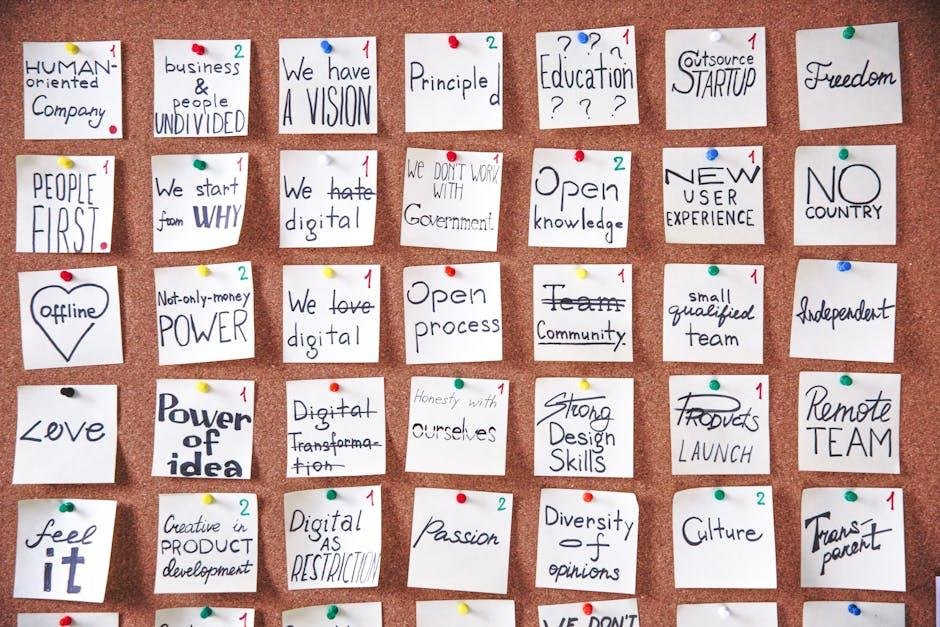
Aligning Your Design Goals with the Aesthetic Values of Different Periods
Choosing the right design era for your project requires a keen understanding of the aesthetic values that define each period. By immersing yourself in the characteristics of various styles—from the ornate details of Baroque to the sleek simplicity of Mid-Century Modern—you can better align your design goals with the visual language of the era you’re drawn to. Each period carries its own set of design principles that evoke different emotions and functionalities. Such as, the Art Deco period is synonymous with glamour and bold geometric forms, while Minimalism champions simplicity and a ‘less is more’ philosophy. Understanding these underlying principles will inform your decisions and enhance your project’s overall cohesion.
To help clarify these connections, consider creating a comparison table highlighting key attributes of selected design periods. This can serve as a swift reference to position your design aspirations more effectively. Below is an example of how to encapsulate essential features:
| Design Period | Aesthetic Features | Core Values |
|---|---|---|
| Victorian | Ornate details, rich colors, and intricate patterns | Elegance, nostalgia, and heritage |
| Modernism | Straight lines, functional forms, and minimal ornamentation | Innovation, honesty in materials, and simplicity |
| Postmodern | Eclectic mixes, playful elements, and irony | Individuality, humor, and breaking the rules |
By evaluating these aspects, you can make informed choices that resonate with your audience and satisfy your design objectives. As you embark on your design journey, remember that each era not only offers aesthetic appeal but also embodies a unique narrative and cultural significance that can elevate your project from mere creation to a timeless masterpiece.
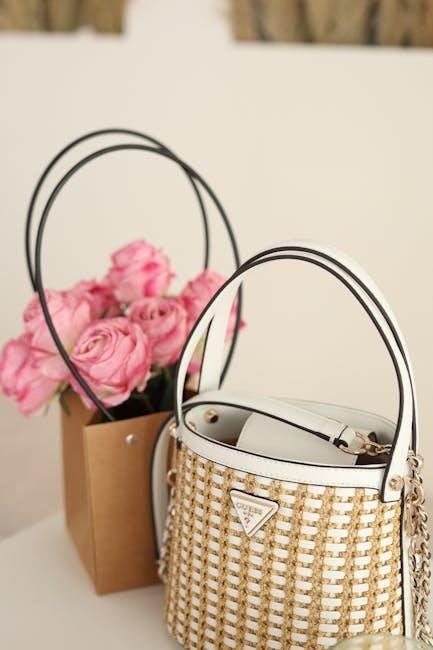
Tips for Blending Modern Elements with Historical Influences
Successfully blending modern elements with historical influences requires a keen eye for detail and a thoughtful approach to design. Start by exploring the distinct characteristics of the era that inspires you. Consider the colors, textures, and materials that define that period and how they can interact with contemporary aesthetics. Such as, pairing sleek, minimalist furniture with rich, ornate architectural details creates an intriguing contrast that can enliven a space. Make use of accessories such as art and textiles, allowing you to sprinkle touches of history throughout your modern setup without overwhelming it.
Another effective strategy is to create a dialog between modern and historical elements. This can be done by selecting statement pieces that embody the essence of your chosen era while keeping the overall design clean and uncluttered. Consider these pointers:
- Balance: Ensure that the scale and proportion of modern fixtures complement historical pieces.
- Layering: Use rugs or curtains that feature patterns reminiscent of historical textiles to add depth.
- Accessorizing: Incorporate vintage-inspired art or sculptures to create focal points that anchor the design.
Establishing a cohesive narrative through contrasting elements can lead to a uniquely enriched environment that tells a story of both history and modernity.
Insights and Conclusions
As you embark on your design journey, the era you choose acts as a powerful compass, guiding your creative decisions and shaping the narrative of your work. Whether you lean toward the bold innovation of the Bauhaus movement, the elegance of Art Deco, or the minimalist purity of Modernism, each era carries with it a unique set of principles, aesthetics, and cultural nuances that can enrich your design. Ultimately, your choice should reflect not just a personal affinity but a thoughtful consideration of the message you wish to convey.
Remember, the right era can elevate your design from mere decoration to a meaningful dialogue with the past and present. as you synthesize ideas and styles, let the echoes of history inspire you, and don’t hesitate to blend influences in a way that resonates with your vision. the era you select is not just a backdrop—it’s a lens through which your creativity unfolds, inviting your audience to explore the intricate tapestry of design history while drawing connections to the contemporary world. Happy designing!


